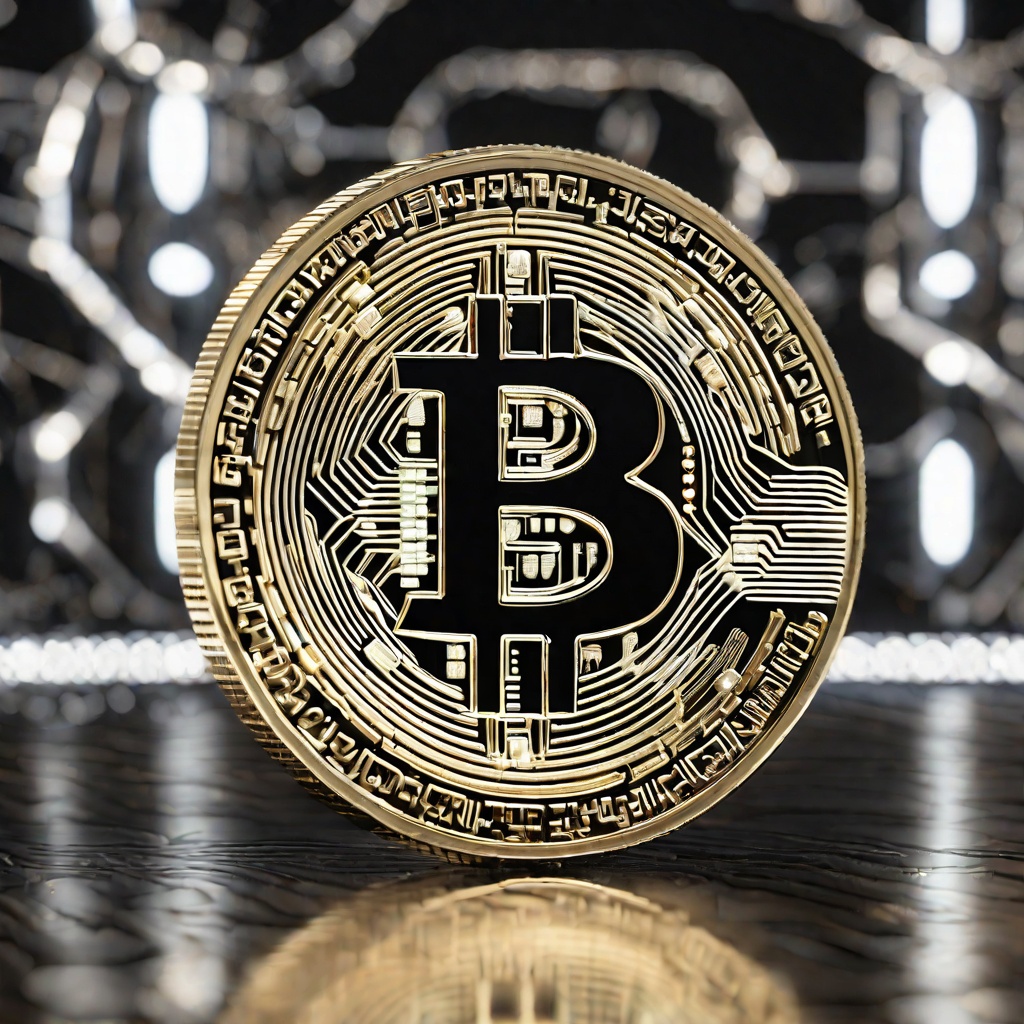How do I start liquidity mining?
Hey there, I'm curious about how to get started with liquidity mining. Can you walk me through the basics of what it is and how to begin? I've heard it's a way to earn rewards by providing liquidity to decentralized exchanges, but I'm not sure where to start. Can you provide some steps or tips on how to safely and effectively engage in liquidity mining? Thanks in advance for your help!

How much cryptocurrency did a liquidity mining scam move?
I'm curious to know the scale of the recent liquidity mining scam. Could you elaborate on the amount of cryptocurrency involved in this fraudulent activity? Was it a significant amount, or was it relatively minor? I'm also interested in knowing if the perpetrators managed to withdraw a large portion of the funds before the scam was uncovered. This information could provide valuable insights into the severity and impact of such scams on the cryptocurrency ecosystem.

How does liquidity mining benefit the cryptocurrency market?
Could you elaborate on how liquidity mining positively impacts the cryptocurrency market? How does it foster liquidity, stability, and potentially increase investor interest? Is it primarily beneficial to traders or token holders, or both? And in what ways does it contribute to the overall growth and maturity of the crypto ecosystem? I'm curious to understand the mechanisms behind liquidity mining and how it shapes the market dynamics.

Does Coinbase prevent liquidity mining scams?
With the rising popularity of decentralized finance and liquidity mining, there have been numerous reports of scams and fraudulent activities in this space. Given Coinbase's stature as a leading cryptocurrency exchange, I'm curious to know if they have implemented any measures to prevent liquidity mining scams. Do they conduct thorough vetting of projects that offer liquidity mining rewards? Do they monitor user accounts for suspicious activity related to liquidity mining? Furthermore, what kind of educational resources or warnings do they provide to their users to help them avoid falling victim to these scams? Understanding Coinbase's approach to this issue would give users a sense of security and peace of mind while participating in liquidity mining opportunities.

Can you lose money liquidity mining?
Could you elaborate on the potential risks associated with losing money through liquidity mining? I've heard about the potential rewards, but I'm also concerned about the downside. Could you explain how liquidity mining works and what factors could lead to financial losses? Are there any common mistakes investors make when participating in liquidity mining that they should be aware of? Your insights into this matter would be greatly appreciated.

